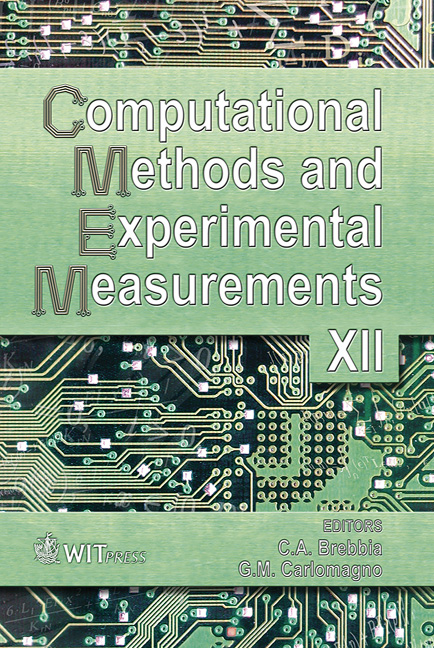Semi-active Control Of Variable Stiffness And Damping Systems By The Pole-assignment Method
Price
Free (open access)
Transaction
Volume
41
Pages
9
Published
2005
Size
374 kb
Paper DOI
10.2495/CMEM050451
Copyright
WIT Press
Author(s)
F. Amini, R. Vahdani & B. Rahemi
Abstract
In recent studies the efficacy of semi-damper and semi-stiffness systems for seismic response modification has been demonstrated both experimentally and analytically. Variable stiffness devices can control only the displacement response and have less effect on accelerations. In order to overcome this limitation, in this study an innovative semi-active variable stiffness and damping is used and the details of the procedure for application of continuous and impact semi-active forces by pole assignment method is presented. The location of the poles and the method of assigning poles to achieve the desired response have been improved. The results are compared with LQR control. The feasibility of the method is demonstrated by an example of story structure. Keywords: semi active control, combination of variable stiffness and damping, pole assignment method, discontinuous control forces. 1 Introduction In the current decade, semi-active control of structures against earthquake achieved by variable damping (especially by devices such as dampers containing variable magnetic fluids and variable hydraulic dampers) and variable stiffness device [1, 2]. Semi-active control systems are usually defined as a class of active control systems whose needed potential energy is several times less than ordinary active control systems [4]. Other advantages of the system can be mentioned as: good function in reducing structure response, installing and repairing costs less compared to other methods, stability of the system during its time of function. Research efforts on controlling the structures have been
Keywords
semi active control, combination of variable stiffness and damping, pole assignment method, discontinuous control forces.





